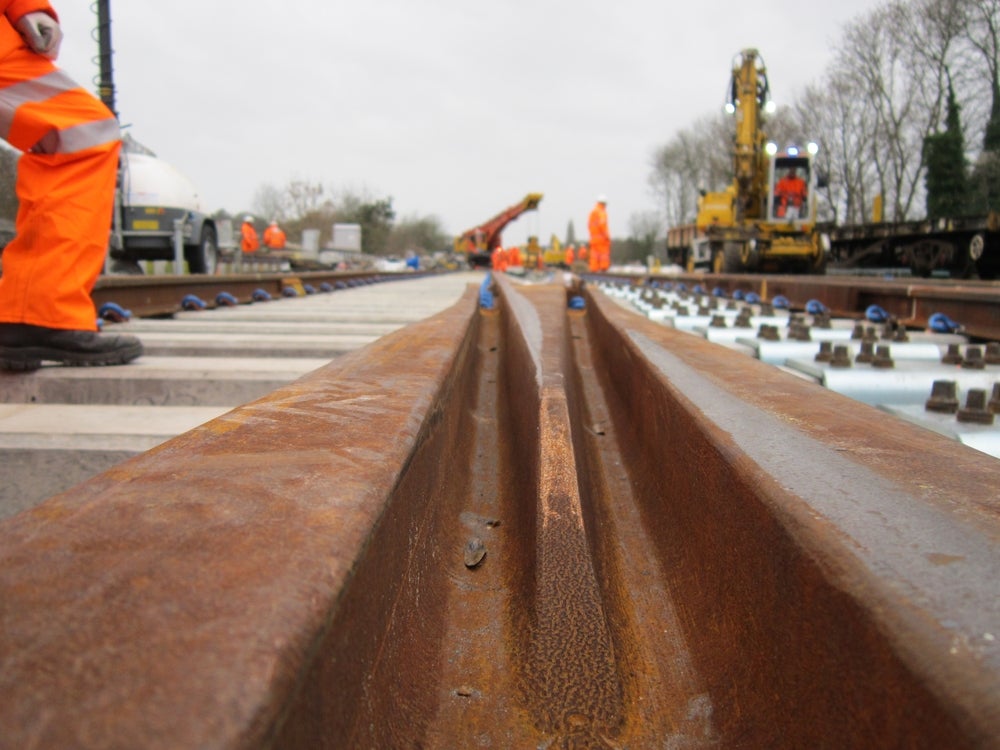Siemens Mobility and Bane NOR have inaugurated their testing, training and signalling simulation centre to help the digitalisation of the Norwegian rail line.
The centre, named Campus Nyland, will equip employees to work with the digital European Rail Traffic Management System (ERTMS).
The ERTMS is designed to lower operating costs, boost capacity on the rail line and increase safety.
The ERTMS line will comprise 4200km of track and 350 stations once the system is installed completely in 2034.
Around 5,000 employees from Bane NOR, train companies, maintenance companies and contractors will be a part of the Campus Nyland
The personnel will be taught the skills needed for the successful deployment of the ERTMS.
How well do you really know your competitors?
Access the most comprehensive Company Profiles on the market, powered by GlobalData. Save hours of research. Gain competitive edge.

Thank you!
Your download email will arrive shortly
Not ready to buy yet? Download a free sample
We are confident about the unique quality of our Company Profiles. However, we want you to make the most beneficial decision for your business, so we offer a free sample that you can download by submitting the below form
By GlobalDataVirtual reality and other technology will be used to demonstrate the use of ERTMS for building tracks, as well as the trains and traffic control centres design.
Siemens Mobility CEO Michael Peter said: “Norway is on track to become the first country to operate in the ‘one country, one interlocking’ architecture making it at the forefront of digitalisation. Our intelligent infrastructure will ensure that the system operates efficiently.”
Norway is the first country to pledge to operate with a single digital interlocking and ERTMS, which will be the largest digitalisation project in the country.
The Roa-Hønefoss ERTMS test line is expected to open in the spring of 2020. The monitoring and testing of the signalling technology will be done at Campus Nyland.
Nordlandsbanen, the country’s first digital line will open in 2022. This line which operates from Grong to Bodø accounts for 12% of the railway in Norway.
Peter added: “The digital interlocking, with IP controlled field components, and ERTMS are the backbone to greatly improving operations and maintenance. This architecture also opens the door for future developments such as implementing driverless technologies, moving the interlocking to the cloud, which would make proprietary hardware and spare parts a relic of the past, and would make data instantaneously available to transport operators.
“Campus Nyland is an important milestone in turning this vision into reality.”






